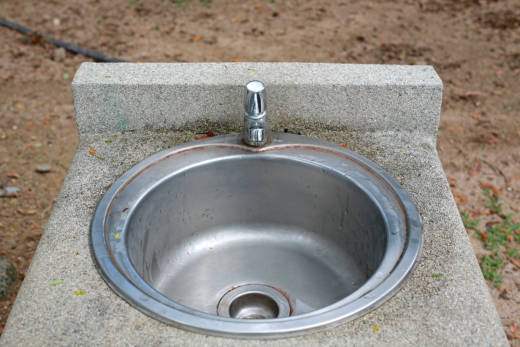A family of industrial chemicals turning up in public water supplies around the country is even more toxic than previously thought, threatening human health at concentrations seven to 10 times lower than once realized, according to a government report released Wednesday.
The chemicals are called perfluoroalkyl and polyfluoroalkyl. They were used in such goods as fire-suppressing foam, nonstick pans, fast-food wrappers, and stain-resistant fabric and carpet, but are no longer used in U.S. manufacturing. Water sampling has found contamination in water around military bases, factories and other sites.
Exposure at high levels is linked to liver damage, developmental problems and some forms of cancer, among other risks.
A draft of the report, by the Department of Health and Human Services’ toxicology office, had set off alarms within the Trump administration earlier this year. A January email from a White House official, released under the Freedom of Information Act, referred to the findings as a “potential public relations nightmare.”
The draft went under months of government review before Wednesday’s publication, but the key finding — that the chemicals are dangerous at specific levels much lower than previously stated — was not changed.

